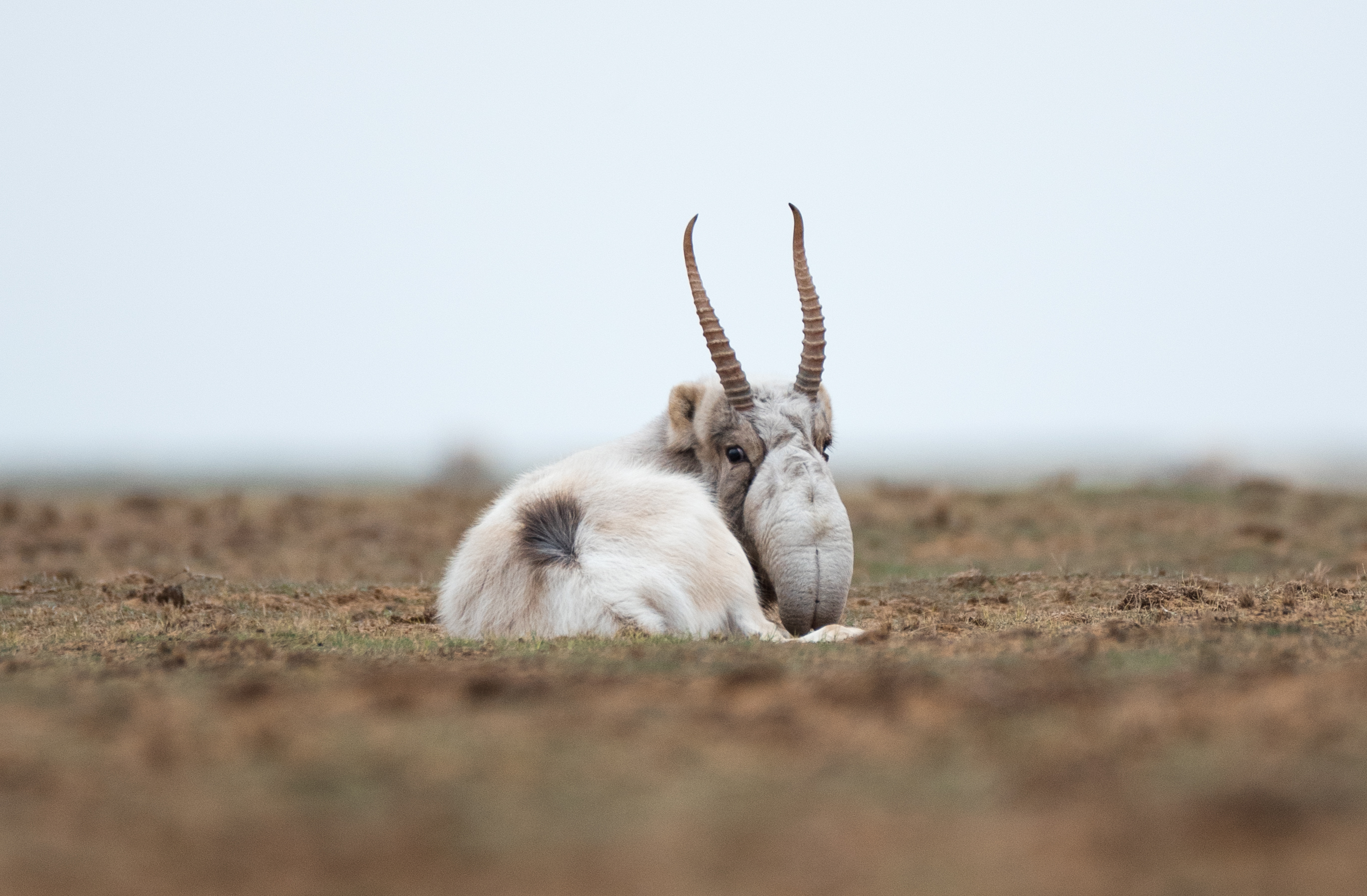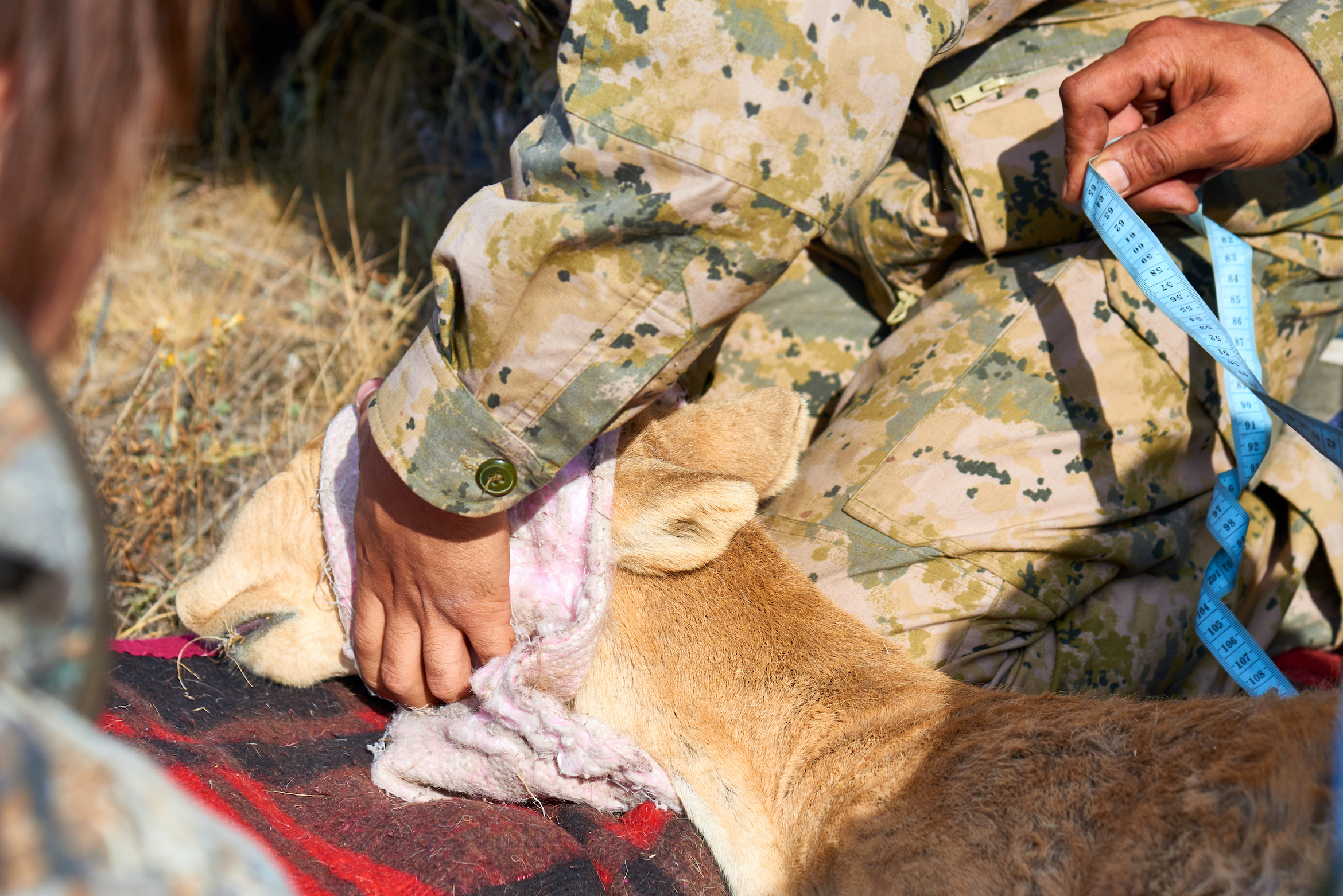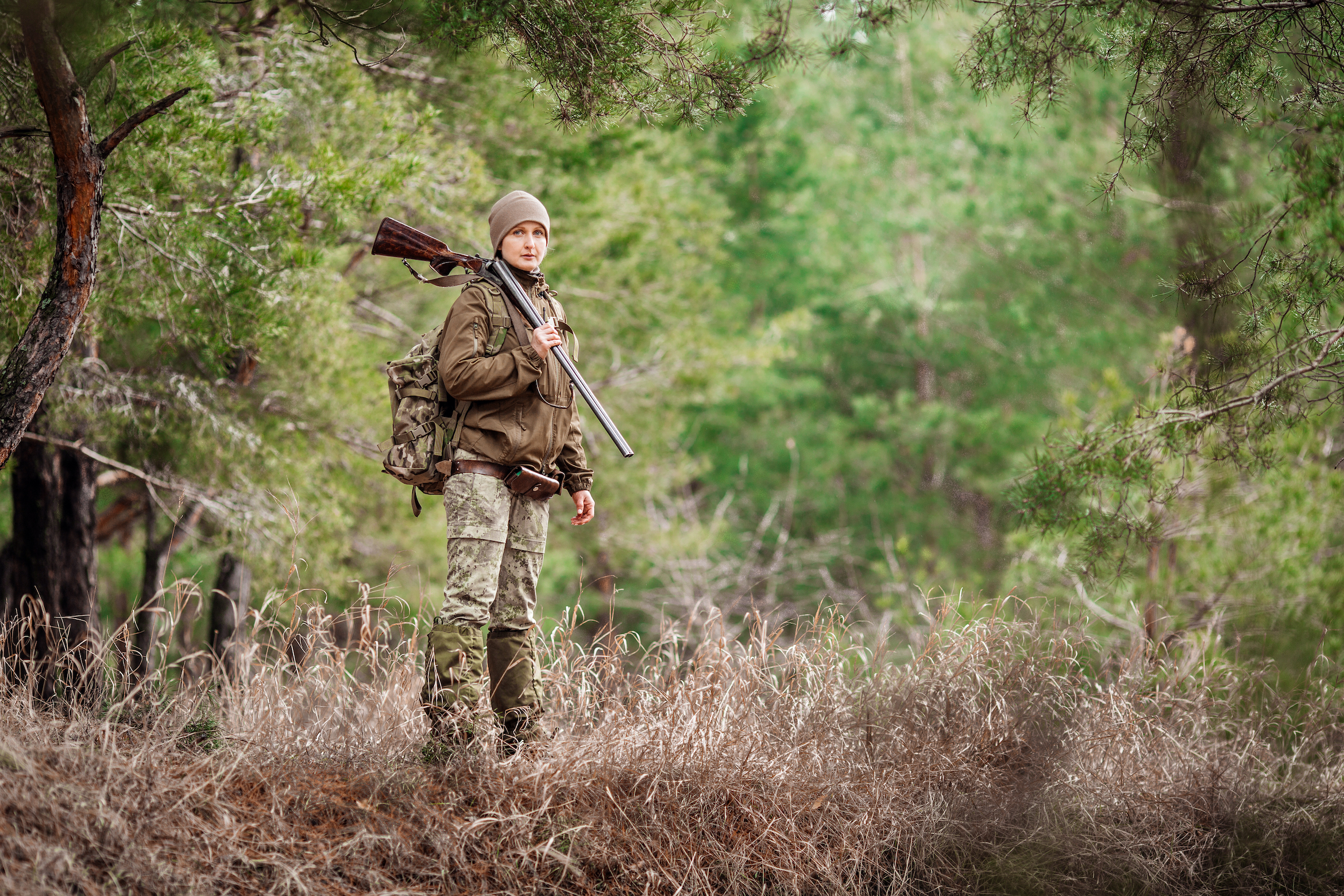To understand why particular species of wildlife are endangered, I’m going to take the example of the saiga antelope, a species I’ve been working on for nearly 30 years. Found in the rangelands of Central Asia and parts of Russia, it’s a nomadic species that moves seasonally between deserts and semi-deserts and was found in great abundance only a few decades ago.
This species went from near threatened to critically endangered on the Red List of Threatened Species in less than 10 years, which is probably the fastest decline of a mammal species we’ve recorded. It lost 95% of its population in less than a decade, which is quite something.
The decline was caused by large-scale geopolitical events. This is a species with horns that have been used for traditional Chinese medicine for thousands of years and were traded from Central Asia into China. When the Soviet Union came in, around the 1930s, the borders with China were shut and the saiga antelope, which had been very heavily traded in the 19th century, was able to recover. The Soviet Union allowed the recovery of this species through strict regulation, a lack of trade and control of guns.
By the 1980s, the species was up to a couple of million animals and it was actually being sustainably hunted by the Soviet Union. Then, in the 1990s, we had the opening of the border with China, which enabled trade. Yet, we also saw large-scale economic hardship in all the Central Asian countries, which led to people being unemployed and having no source of income. They turned to the saiga not only as a source of meat but also of horns, which fetched pretty good money. On top of that, all the government institutions were underfunded, so there was no monitoring or protection.
This combination of factors – a lack of protection, the ability to trade with China, a lucrative product, mass unemployment and the loss of livelihoods on the steppes – came together and led to the major overhunting of the species and a collapse in the population.
From ecology to conservation
My experience of the saiga shows how ecologists turn into conservationists. I started working on this species before the break-up of the Soviet Union and the big crash in animal numbers. As an ecologist, I was answering all sorts of ecological evolutionary questions. As I was doing that research, my students, my collaborators and I started seeing that the saiga just wasn’t there anymore. They weren’t on the steppes. People started worrying that there was massive poaching going on. So we changed from thinking about ecology and really interesting questions about the life history of the species, to thinking about the social and economic drivers of the conservation issues we were finding. We started to realise that you need to work for local people to reduce those needs for poaching.
At the same time as this realisation, my European Union research funding was reduced to nearly nothing; however, I was able to get money for the same network of scientists to start doing conservation instead. I founded an NGO called the Saiga Conservation Alliance, which was an international network of everyone in the saiga range states. We started to do education in the villages where the saigas live, and to support anti-poaching patrols where the government didn’t have the funding to support them, and we started to work with governments and to lobby governments at the international level.
An international plan to save the saiga
Before I started to do this work on saigas, I was sceptical about the power of international conventions to make a difference on the ground. I thought they were just talking shops, but the saiga antelope was conserved through an action plan under the Convention on Migratory Species. That action plan was developed in collaboration with me, other scientists and my NGO. We got the governments together. They all signed this action plan and they’ve been working to it ever since.
That’s 10 years now. Governments take international treaties that they sign seriously, which I hadn’t really appreciated. I think having that action plan meant that governments really invested in the conservation of the species. It wasn’t just small NGOs doing awareness-raising kids’ days. Those are important, of course, but what was also important was to provide a framework enabling governments to understand what the priorities were and to report against those priorities so that they had an international forum in which they were held accountable. That has led to pretty big investments, particularly by the government of Kazakhstan, in the conservation of this species, which has also led to this species rebounding.
It’s a species that still has lots of problems. It’s still being poached and traded internationally. It’s very susceptible to disease and has periodic mass die-offs from disease and hard winters, but it is a species that’s recovering. I think that is due to these multi-layer, multi-scale conservation actions by governments, individuals and NGOs all across the saiga range.
The truth of conservation is that it takes a very long time. One of the lessons of the saiga conservation initiative was that it took us 20 years to turn things around. That’s true for all sorts of species that have actually seen success. You have to be in it for the long term. You have to be there on the ground for the long term.
It’s also true that just when one threat seems to come under control, another one pops up. In the case of saigas, the threat of poaching has not gone away, but there is much less poaching than there was and the populations are recovering. At the same time, what we’ve seen is that the saiga is very susceptible to disease. There have been two massive outbreaks in the last five years. One killed more than 200,000 animals, which was 62% of the global population and 88% of the local population. It killed animals in the biggest population there was. Then there was another outbreak in the special Mongolian subspecies. That’s just a few thousand animals that lost half its population. So, you can never be complacent. You always have to be looking forward.
Another issue that’s coming up is infrastructure. This species is now threatened, as the countries develop. They’re putting in place pipelines, roads and rail networks all across the saigas’ breeding grounds and their migratory routes. This is causing major issues because if the species can’t migrate, it can’t get away from harsh winters.
So, we always have to be looking towards the next issue and trying to pre-empt it so that we can avoid the damage rather than having to restore it afterwards.
New silk roads and the threat of infrastructure
The New Silk Road is a really interesting example of where we are in conservation at the moment, and it’s something I’ve been working on and thinking about quite a lot.
One scary statistic that I heard is that of all the infrastructure that is going to be in place in 2050, 70% of it has yet to be built. Much of that is to do with these new silk roads, e.g. the Belt and Road Initiative, that are going to transform the way trade happens.
We can see that as a terrible threat, and in some senses it is, but I think the only way that we can make it work is to also see it as a challenge and an opportunity.
The first thing we need to think about with these new silk roads is to make sure that the governments of the countries involved have environmental legislation in place that’s strong enough to deal with that infrastructure and ensure that it’s as non-damaging to nature as possible. At the moment, most of the countries along the New Silk Road do not have appropriate environmental legislation. That means that impacts and damage have to be assessed and then avoided. We need a big push to get that legislation in place and to get government employees trained up so that they understand how to implement it.
Conservationists like me think about things at the ecosystem population and species level. We care about the extent to which populations are able to be hunted to the level that keeps them going. That requires you to think about quotas. It requires you to monitor the populations, to monitor hunting levels and to keep them in balance.
Other people think about animal welfare. They think about how cruel it is to make an animal suffer. That’s part of the disconnect with nature and with the way in which we interact with nature.
There’s nothing wrong with a moral, ethical approach to hunting. We all have different philosophies and different ethics. Personally, I would never be a hunter, but I see myself as a pragmatic conservationist. We need to find ways of reconciling those different ways of viewing the world so that people for whom being part of nature involves killing and eating animals can have some understanding with people who think that you should never kill and eat an animal and that that would be a terrible thing to do.
One of the big worries in our society and for conservationists is that those two groups of people are moving farther apart. We’re not all focusing on the end goal. We’re focusing on the means and not on the end. The end is a planet where humanity and nature flourish together.


